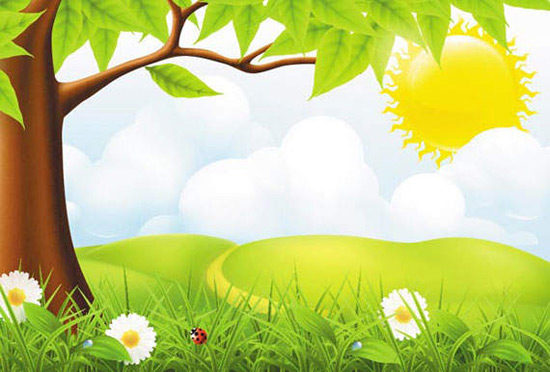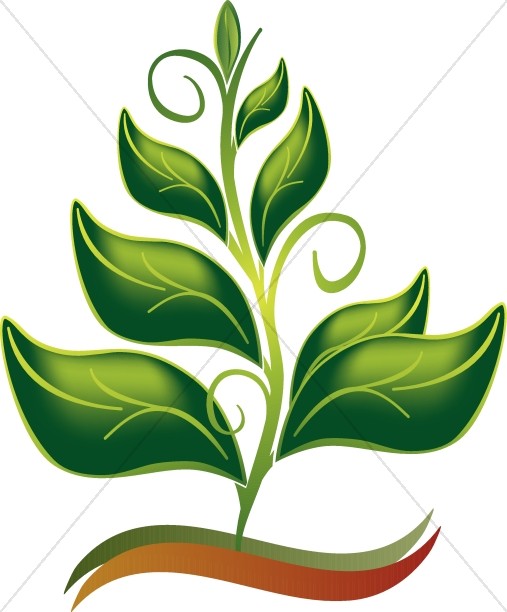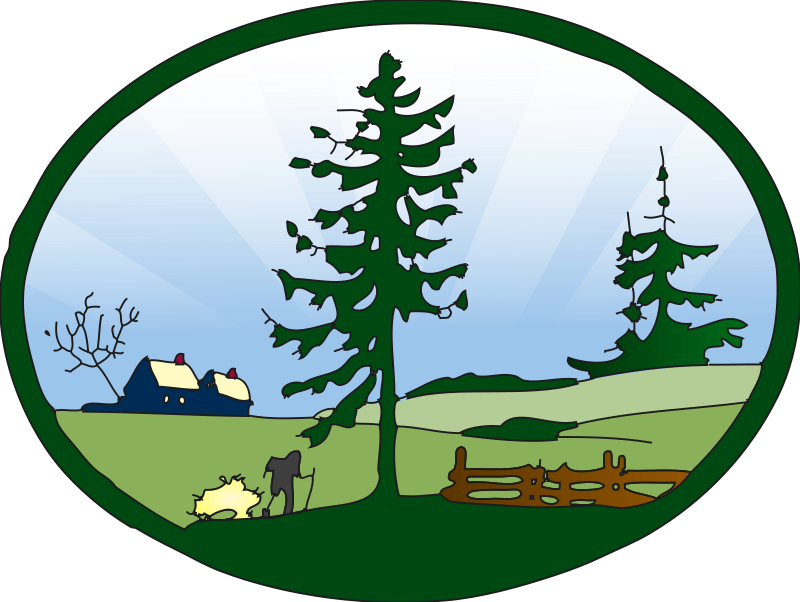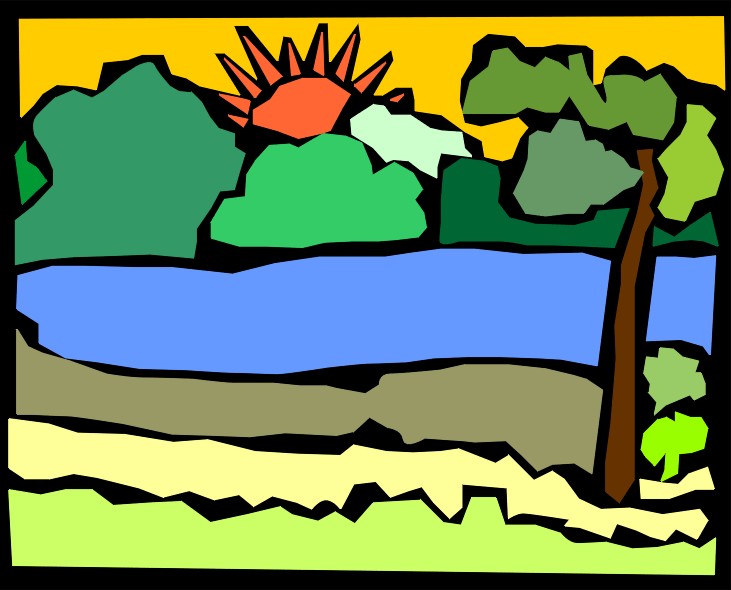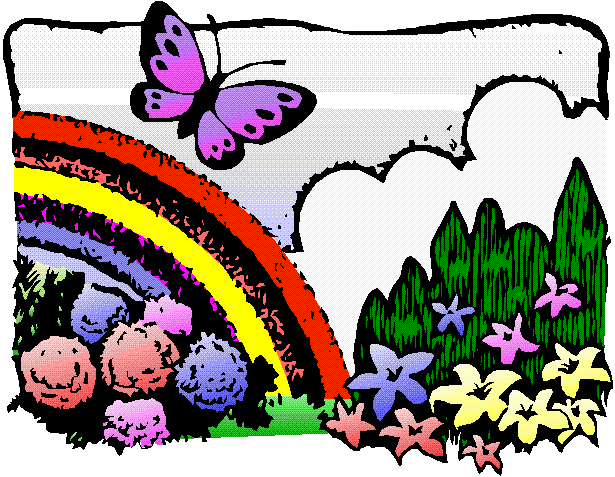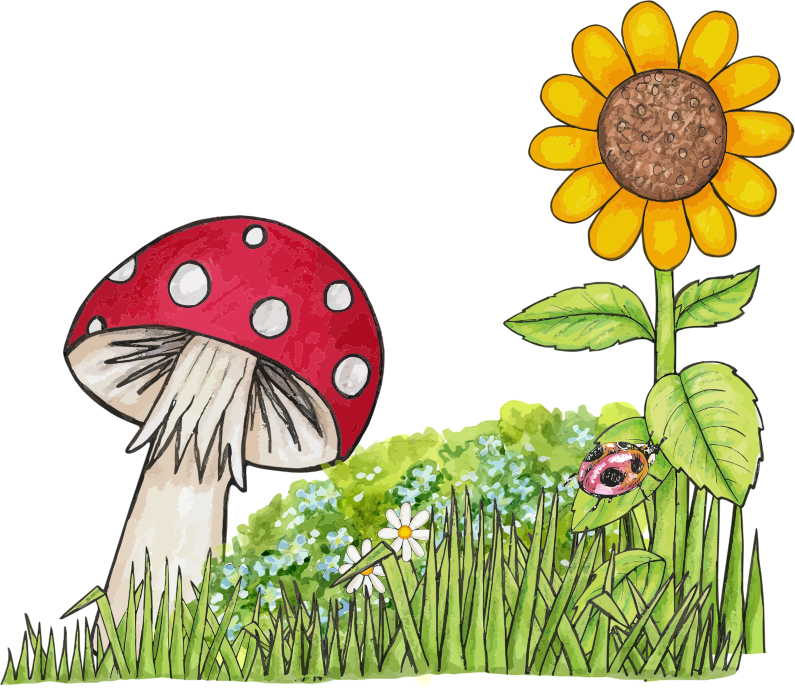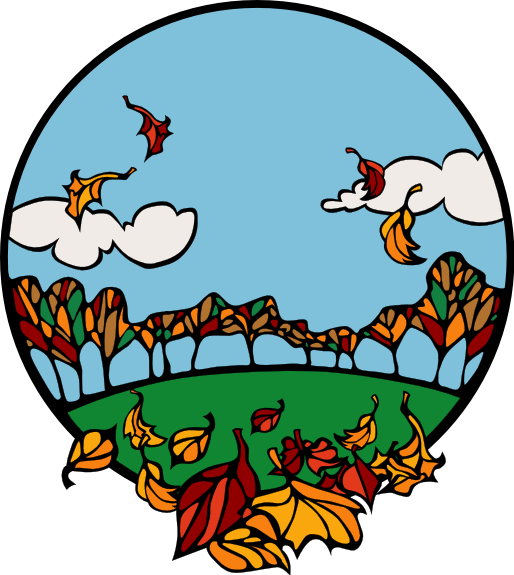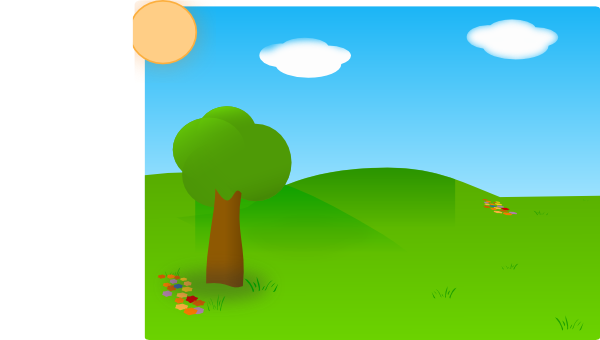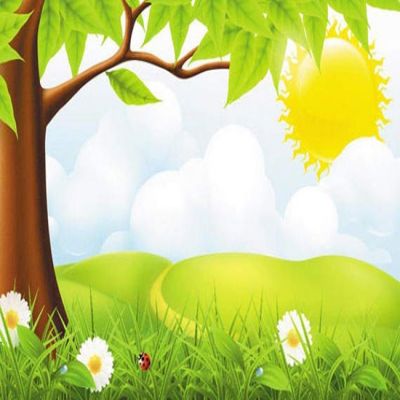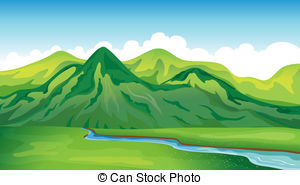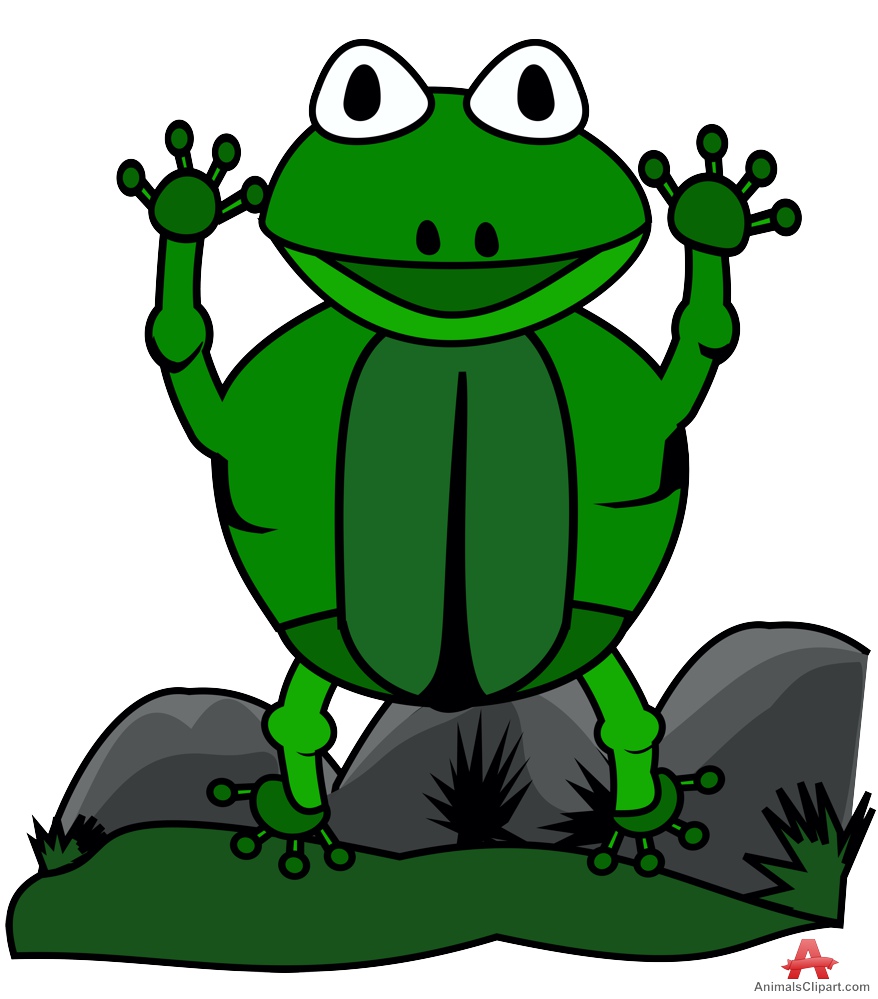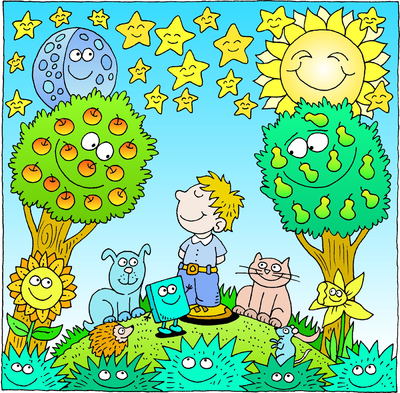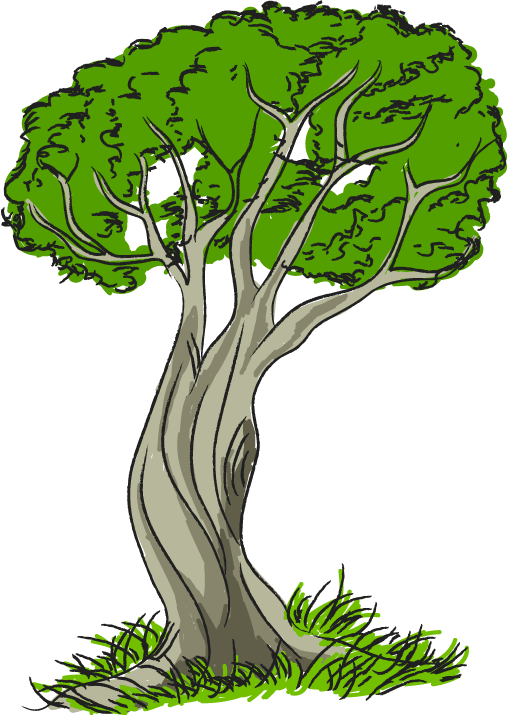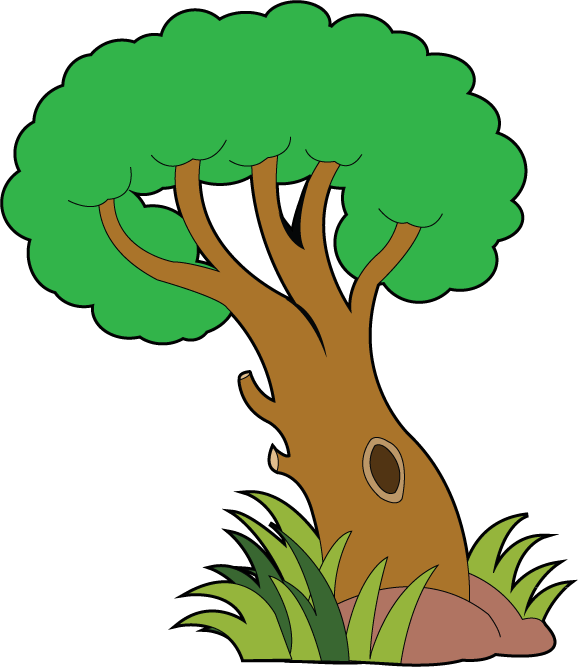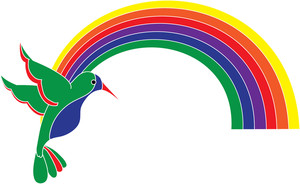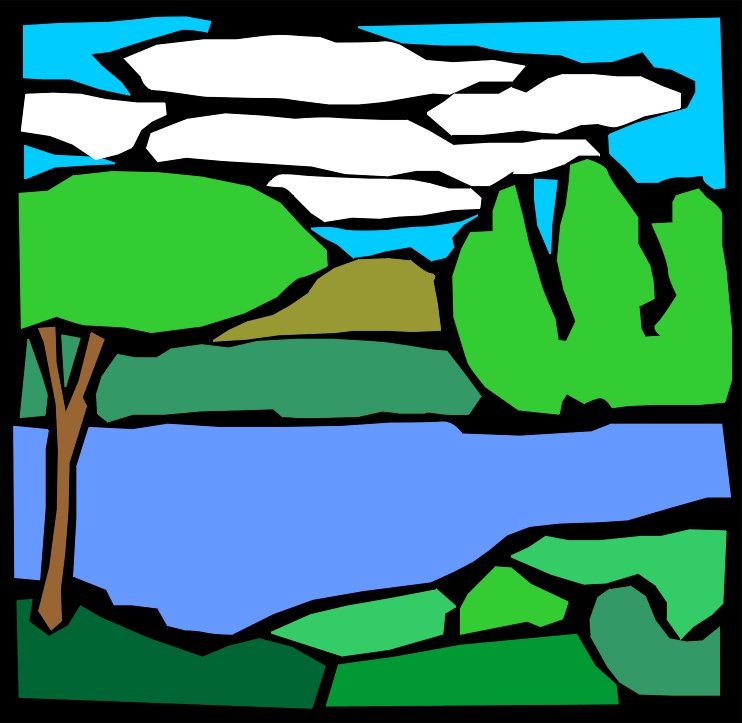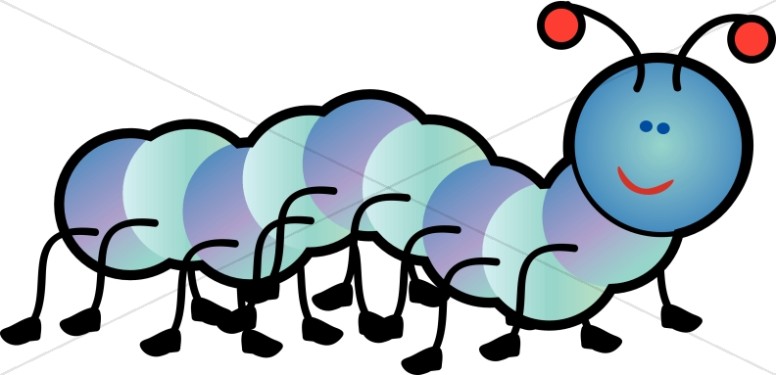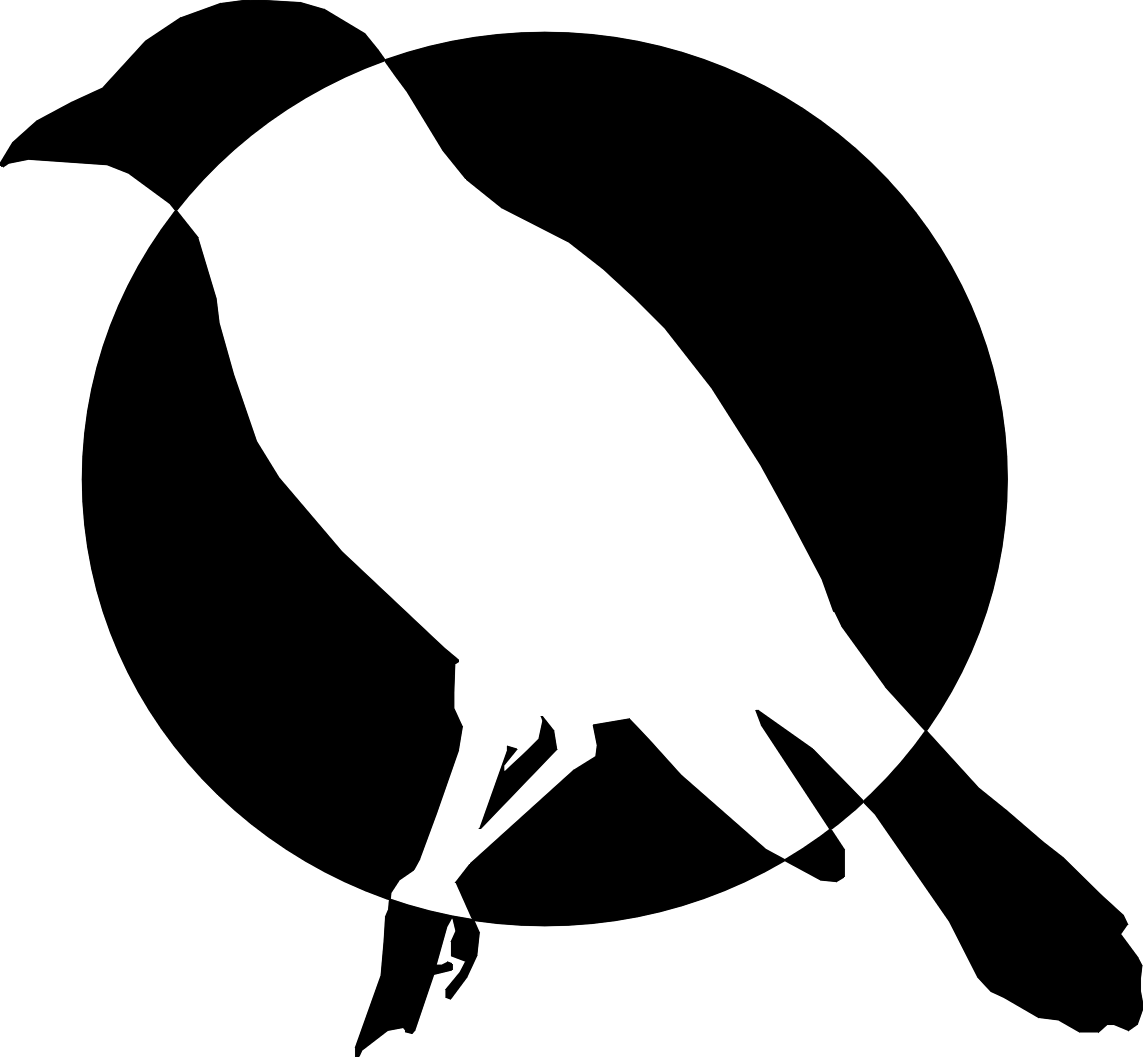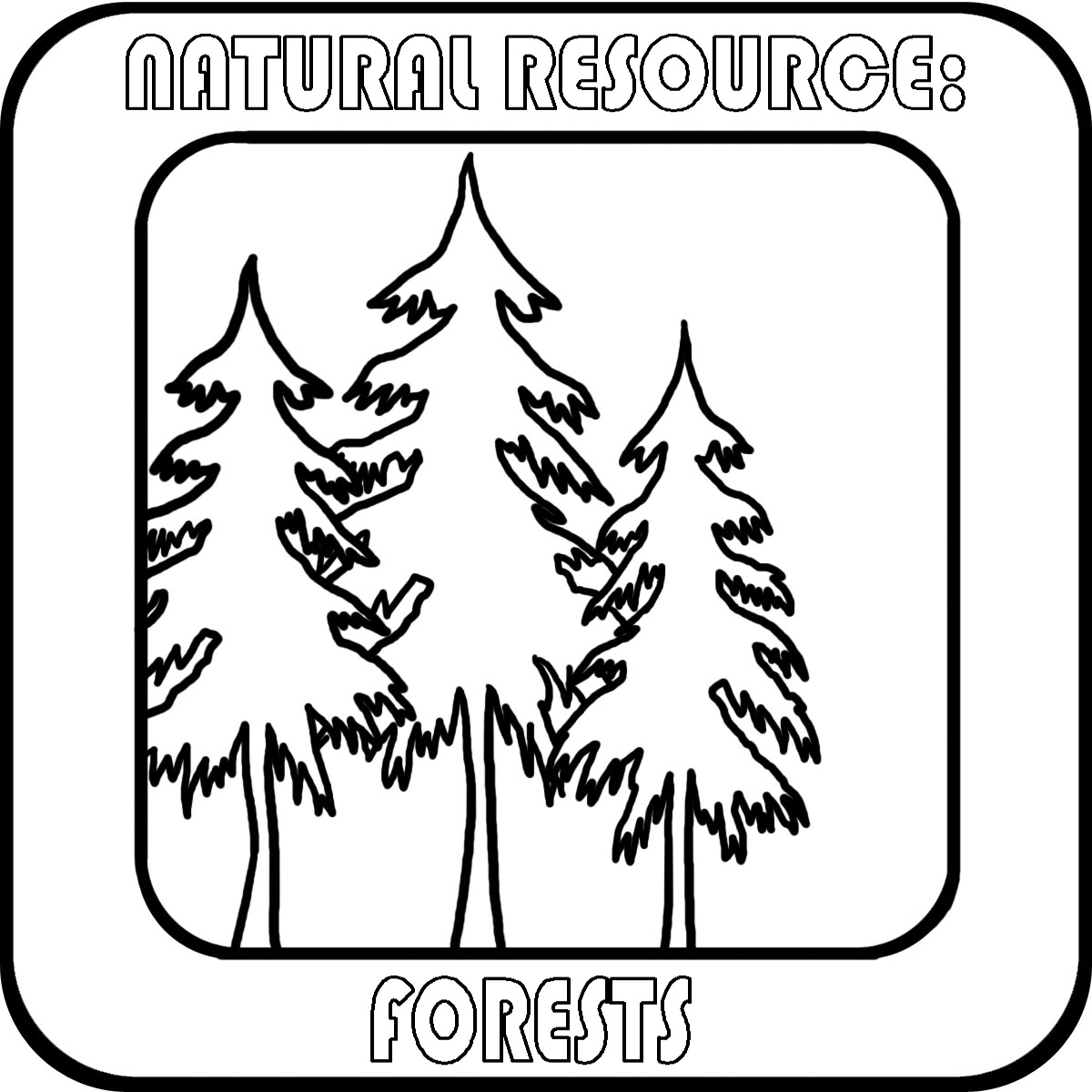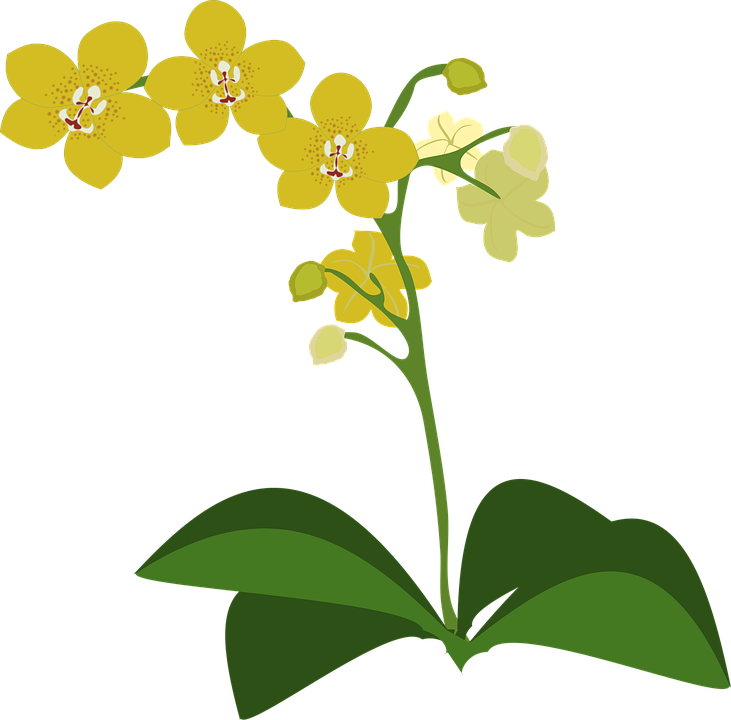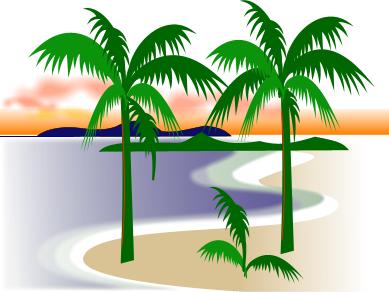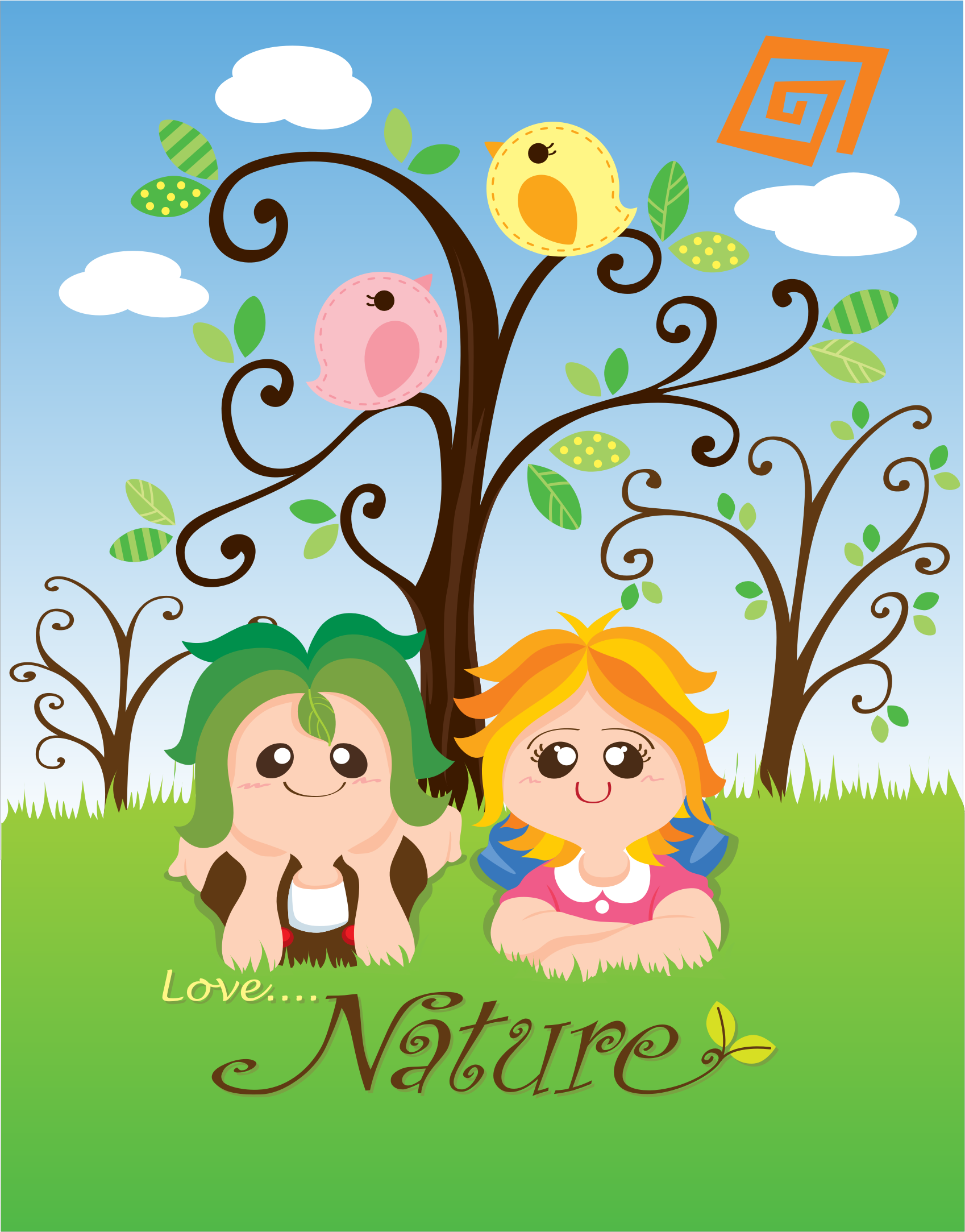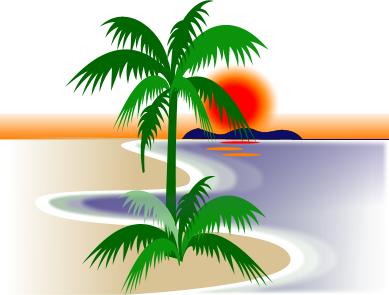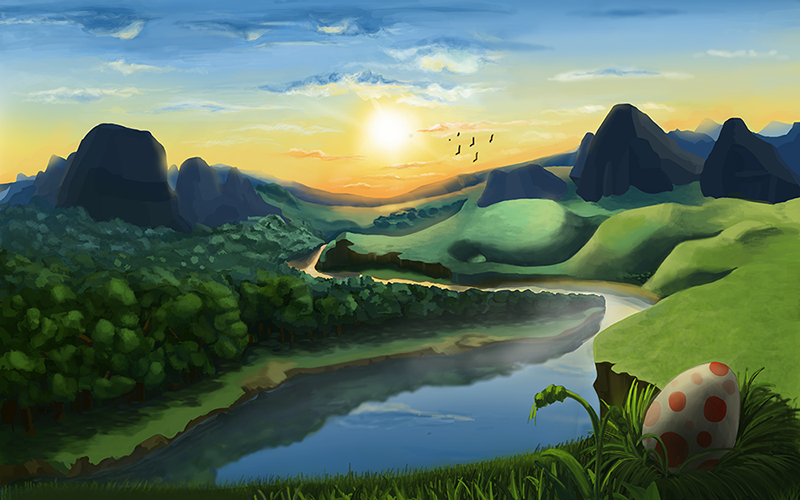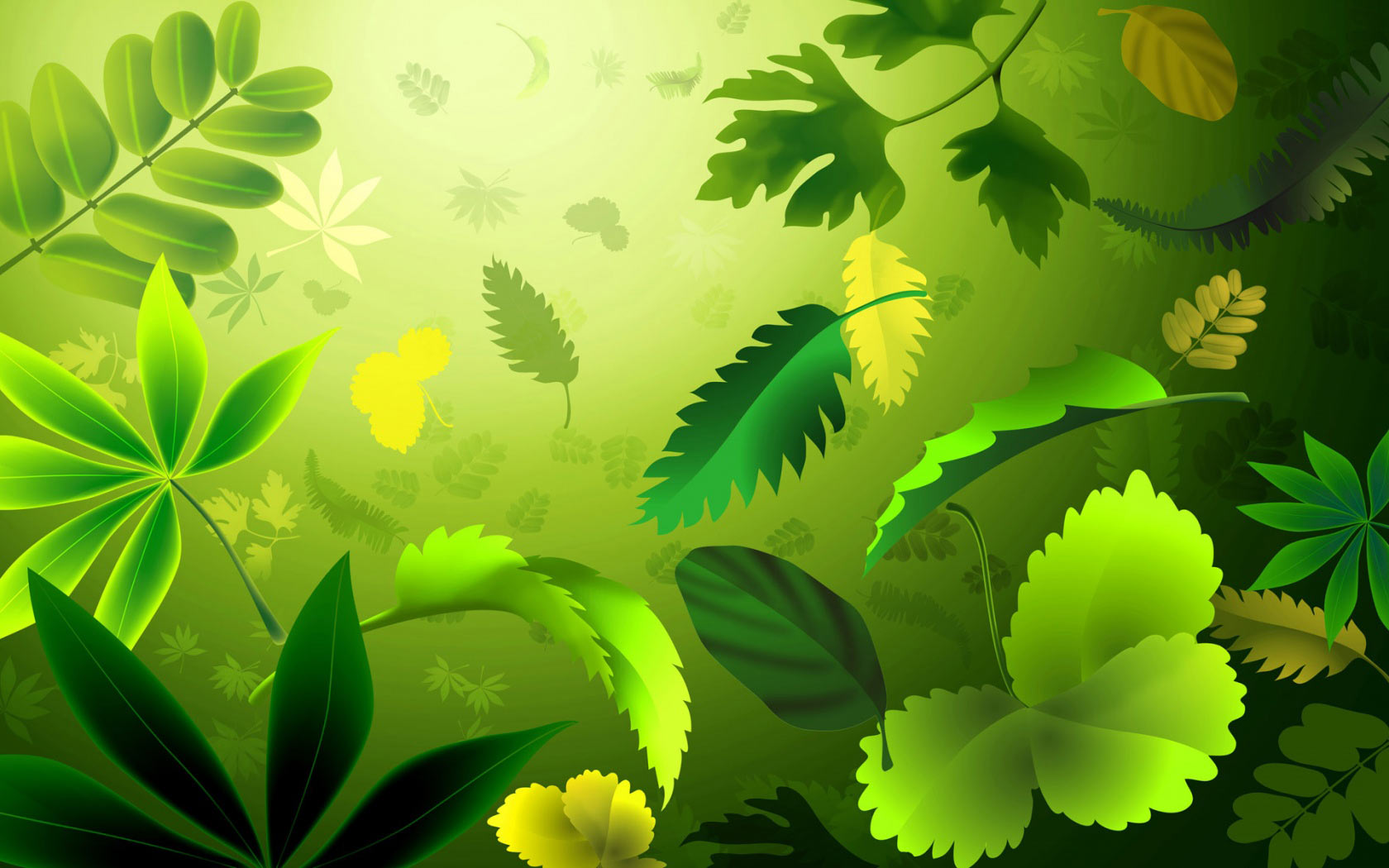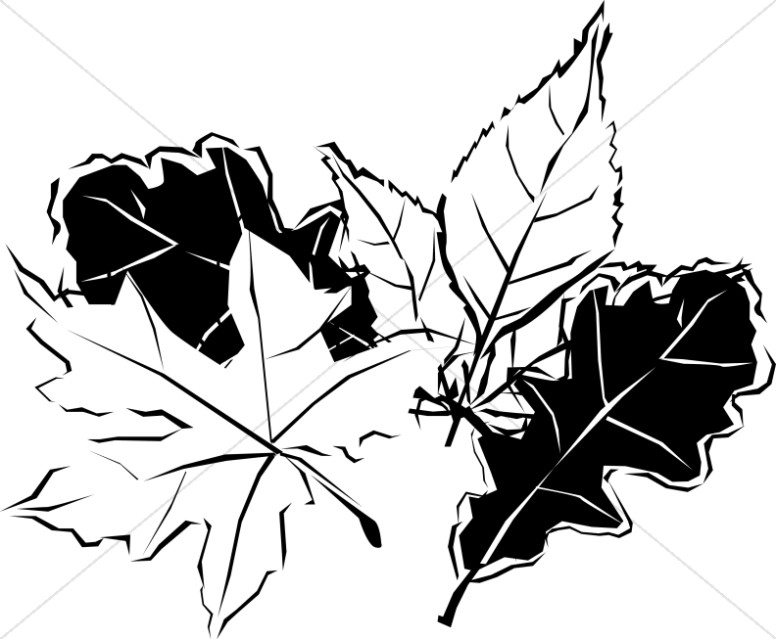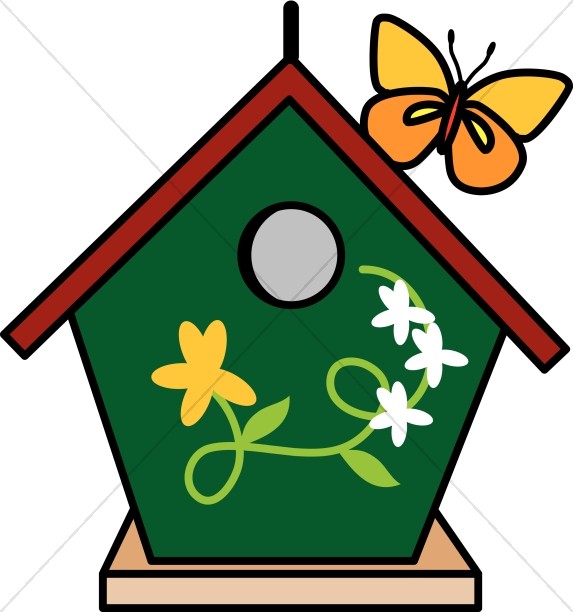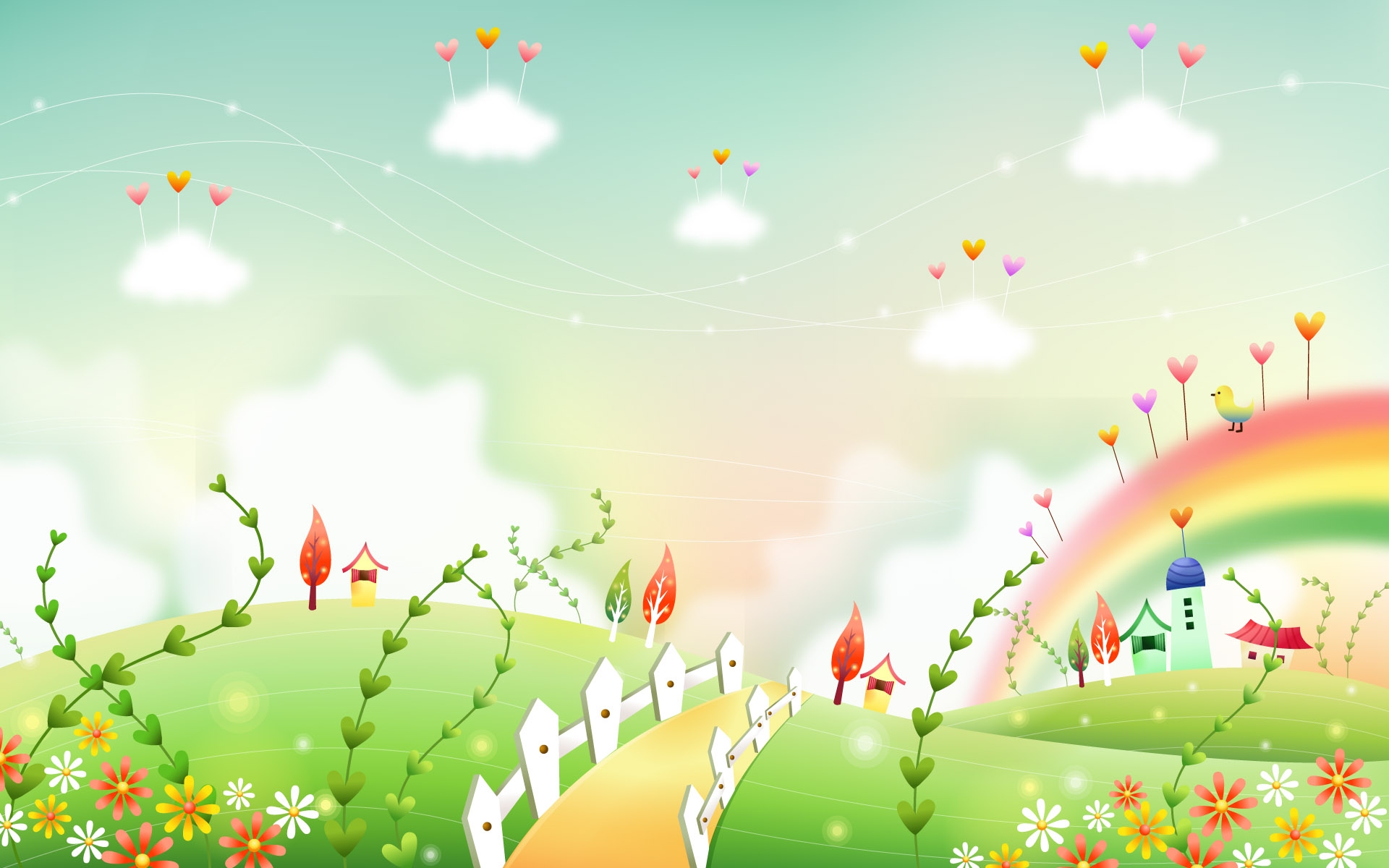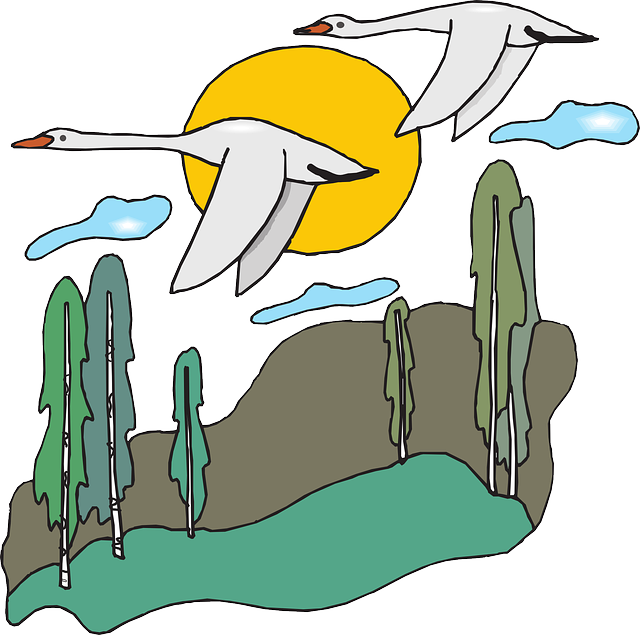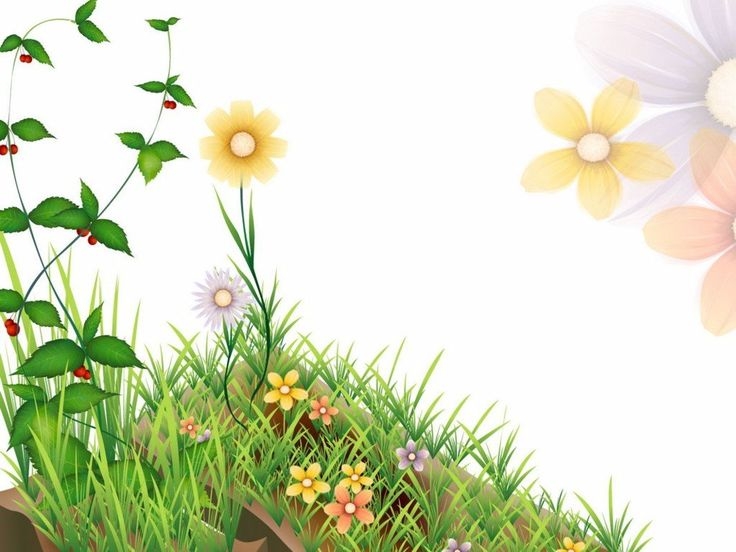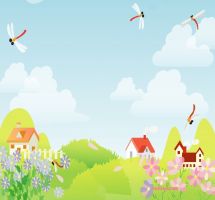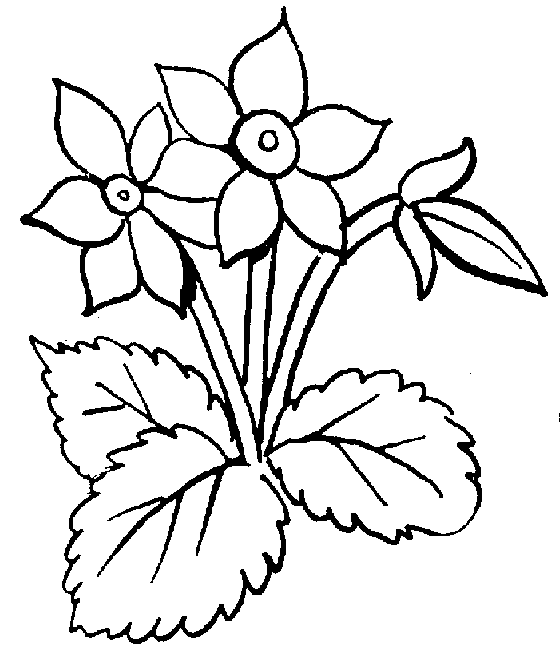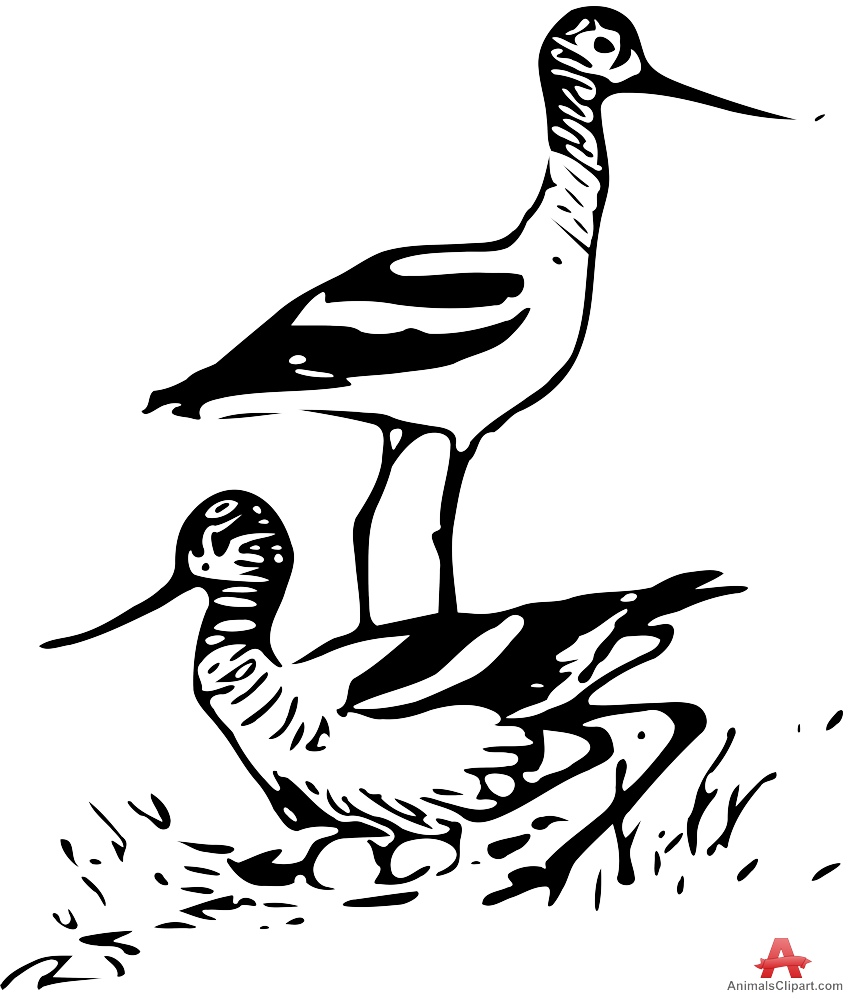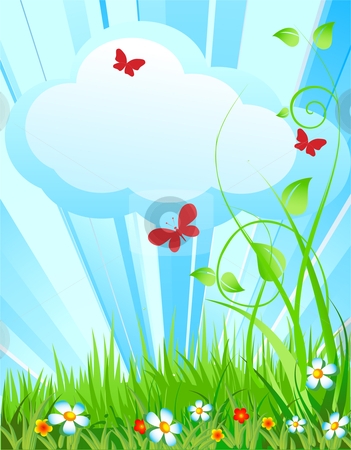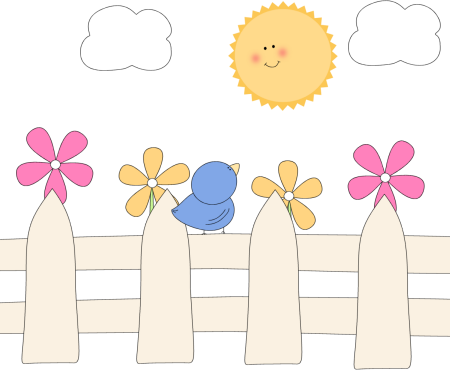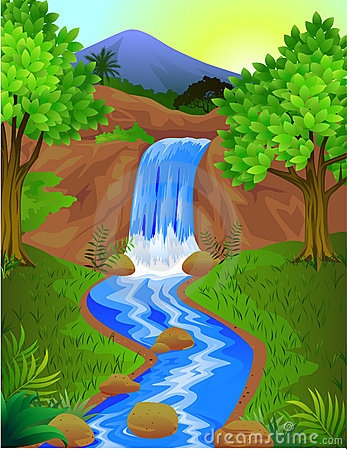Nature Clipart
Nature is the beautiful world around us, filled with magnificent landscapes, plants, and animals. Appreciating nature and spending time outdoors provides relaxation and peace for many people. Understanding our connection to the natural environment and the need to protect it is also increasingly important.
Types of Natural Landscapes
There are various awe-inspiring types of natural landscapes across the world, each with their own unique features and biodiversity.
Forests
Forests come in many forms, from boreal forests in cold climates to lush tropical rainforests nearer the equator. They are home to an incredible variety of trees, plants, mammals, birds, insects and more. Forests help purify the air, prevent erosion, regulate water cycles and store carbon dioxide.
Mountains
Majestic mountain ranges with steep peaks have formed over millennia due to shifts in tectonic plates or volcanic eruptions. They provide dramatic vistas, as well as important ecosystems for plants and animals. Many beautiful mountain habitats are at risk due to climate change.
Deserts
Contrary to popular belief, deserts support a rich diversity of life. Desert animals and plants have adapted to thrive in hot, arid conditions. Unique desert landscapes include sand dunes, cactus gardens, canyons and oases. Desertification due to human activity is unfortunately increasing.
Beaches
Beaches along coastlines, lakes or rivers provide beautiful scenic backdrops. They are formed by the action of waves and tides against land or natural accumulation of sand or gravel. Sandy beaches lined with palm trees set the scene for many tropical vacations.
Common Plants and Animals
Trees – Trees like oak, pine, maple and mahogany are essential inhabitants of forests around the world. Not only do they provide shelter and nutrients for other forest dwellers, they supply the oxygen we breathe. Old growth forests contain an amazing wealth of biodiversity.
Flowers – From vibrant wildflowers in alpine meadows to exotic orchids in rainforest understories, flowering plants occur in diverse arrays of shapes, sizes and colors. They have evolved with features to attract necessary pollinator species like bees, birds or butterflies.
Birds – Birds fly through habitats worldwide, pollinating, spreading seeds or preying on insects and rodents to control populations. Watching vibrant tropical birds like toucans and parrots or even familiar backyard songbirds like cardinals and chickadees brings joy.
Insects – Bees, butterflies, ants and beetles are abundant worldwide. They are crucial for plant reproduction, breaking down waste, feeding other creatures, and indicating ecosystem health. Learning to identify ladybugs, lightning bugs and interesting caterpillars in one pastime.
Fish – Fish diversity ranges from large predator fish that control complex food webs to tiny minnows forming the base of aquatic ecosystems. Bright coral reef fish contrast to dark, deep sea anglerfish. Protecting fragile underwater habitats helps ensure future fish populations.
The Four Seasons
Spring
After a cold winter, spring’s mild warmth awakens gardens and woodlands, returning color and vigor again. Flowers bloom, baby animals are born and birds build nests and sing happy songs as they return from migration flights. Spring rain and sunshine renew the land.
Summer
In summer the days are long, bright and very warm in most places. Gardens are lush with produce and wild berries are abundant. Birds raise their chicks and butterflies gather on flowers. People enjoy summer with fun outdoors activities like hiking, camping and swimming.
Fall
As autumn approaches, temperatures get cooler and plants prepare for winter or go dormant. Leaves turn brilliant shades of orange and red before falling. Animals prepare by migrating or gathering food. Fall harvests bring bounties of colorful fruits and vegetables.
Winter
The coldest time of year transforms many biomes with snow and ice. Days are shorter and darker. Some animals hibernate while birds and fish may migrate to warmer areas if food gets scarce. The starkness of winter reveals beautiful vistas too. Some creatures and people even enjoy outdoor winter sports.
Enjoying Nature
Hiking
Exploring nature by hiking forest trails, desert canyons or mountain paths gets you close to beautiful scenery. It also provides exercise and reduces stress through immersion in the natural world. Just remember to prepare properly for variable terrain and weather conditions.
Camping
Many people relish camping vacations for the full outdoor experience under the stars by mountains, lakes or seashores far from city lights. Gathering wood, setting up camp, cooking over a fire and sleeping in nature builds skills and self-reliance. Just take care with food storage, fire safety and wildlife precautions.
Birdwatching
Birdwatching is a popular hobby that is rewarding and educational. With a simple bird guide and binoculars, beginners can identify local birds by color, song and behavior. More dedicated birders keep extensive life lists of species spotted. And citizen scientists help conservation by contributing data on migrating birds.
Photography
Capturing stunning images of landscapes and wildlife reconnects people to nature’s beauty and fragility. Sharing powerful nature photos also helps promote interest in conservation and environmentalism. Just be respectful of habitats and subjects when approaching them to photograph in the wild.
Protecting the Environment
Conservation
Protecting habitats and ecosystems maintains balance and biodiversity so all flora and fauna can thrive interdependently. Creating parks, preserves and wildlife refuges gives space for natural processes. Ecological conservation relies on public education and engagement with science-based land management policies too.
Sustainability
Sustainable policies aim for responsible use of natural resources to save irreplaceable assets for future generations. Sustainability requires complex long-term societal changes but starts with everyday choices – reducing waste, eating sustainably, using green energy sources and transportation when possible, and being an eco-conscious consumer and voter.
Reducing Pollution
Preventing pollution and limiting toxic exposures preserves clean air, waterways and land. Using fewer plastics, properly disposing of waste, monitoring industrial emissions, and greening agricultural practices all mitigate damage, although much work remains to reduce legacy contaminants. Grassroots activism raises awareness on pollution while technology creates remediation solutions.
Nature in Art and Media
Artists and authors have been inspired to feature nature since ancient times. Nature symbolism occurs across cultures and movements – from ancient Chinese landscape paintings to Hudson River School vistas, Art Nouveau plant motifs to Ansel Adams’ photographs. Films like Princess Mononoke and books like Into the Wild highlight humanity’s connection to the earth. As consumers increasingly live urban high-tech lifestyles, artistic homages remind people of nature’s wonder and spiritual resonance.
Uses of Nature Clipart
Basic nature clipart provides decorative natural elements to brighten documents year-round. Images like evergreen trees, delicate snowflakes, fresh spring flowers, ripe summer produce, fall leaves or winter cardinals quickly signify seasons. Use sparingly to avoid clutter. More detailed graphics work in school projects on habitats, food webs or conservation. Minimal black and white line art makes arts and crafts whimsical. Businesses wanting earthy ambiance often include leaf graphics, landscape elements or animals on websites and products. Even games or presentations benefit from a well-chosen nature clip.
Examples of Nature Clipart
To spark creativity, here is some specific nature clipart to illustrate the range available:
- Deciduous trees with red or gold fall foliage
- Frosty birch trees in winter scene
- Sunflower bouquet – colorful stylized design
- Monarch butterfly sitting on purple flower
- Water lily pad with frog on top
- Cartoon bee carrying pollen
- Simple landscape with mountains, evergreen trees and sun
- Tropical ocean scene with coral reef fish
- Polar bear graphic for arctic habitats
- Cute hedgehog curled up with flower
- Hand-drawn campfire graphic
The options are endless! With millions of pieces of unique nature art and photography now digitized, it is easy to find natural clipart to suit your specific needs. The right images invoke beauty and playfulness of the natural world.
In this page clipartix present 73 nature clipart images free for designing activities. Lets download Nature Clipart that you want to use for works or personal uses.

